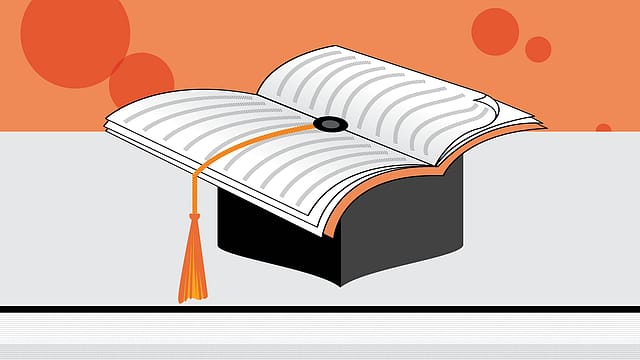How We Did It

THE SECOND EDITION of Fortune India’s ranking of India’s Best B-schools involves six key elements of evaluation (KoEs) — Admission Attractiveness; Age & Accreditation; Placement & ROI; Pedagogy & Infrastructure; Brand Appeal, and Industry Connect — to identify the country’s best business schools. In addition, the survey throws light on how far other schools are from the leading business school in the country using the “Distance to Frontier” concept as a benchmark, a first for any B-schools ranking in the country.
The process of developing the framework, conducting the survey to collect data, and the ranking process was conducted during April-October 2023 by our research partner Ascension Centre for Research and Analytics (ACRA). As part of the research procedure, more than 2,000 B-schools in the country, who fulfil the threshold criteria, were eligible for ranking. The schools had to be established at least five years ago with a minimum of three passed-out batches in MBA/PGDM.
The study involved expert consultation, global perspective and elements of evaluation. Academic leaders, such as directors and heads of renowned business schools and senior industry leaders were consulted to establish the importance of key elements in evaluating the performance of business schools.
The research, which incorporated Fortune Inc.’s global methodology of B-schools ranking, also considered international tie-ups, accreditations, exchange programmes for students and faculties and placements as part of the ranking process. For all parameters that used three years’ data for consistency, the weights assigned were in the ratio of 50:30:20, respectively, in favour of recency. The sub-elements of evaluation (SEoE) in the KoEs were assigned weights as per expert consultation.
The ranking is based on two sets of survey data. The first, Absolute Data Survey, was conducted among B-schools in India with the help of a detailed prescribed format that was sent to them. Participation was sought from them to share the actual numbers on each of the relevant parameters as mentioned in the survey form. The survey asked for data for three recent years so that the B-schools can be compared in a holistic manner.
A total of 177 business schools shared their data. However, considering the inadequacy of data shared by some, we could only consider 175 business schools for ranking. In addition, absolute data from 50 other top B-schools, both government and private run, were evaluated as part of the ranking. Data for these schools was collected from their websites, The National Institute Ranking Framework (Ministry of Education), other government data and sources available in public domain.
Second, a Perception Survey was conducted across 24 cities. The stakeholders participating in the survey were final-year students and faculty of business schools and recruiters. The total sample size of 1,037 comprised of 312 faculty, 215 recruiters and 510 students. Final scores for the ranking were obtained after combining the scores from Absolute Data and Perception surveys. Equal weights were used for these two to arrive at the final scores.
In addition to presenting the scores for Absolute Data and Perception survey, the research also presents the “Distance to Frontier” scores that measure the distance of each school from the leading school. This highlights the standing of each school in comparison with the highest-ranking school. The “Distance to Frontier” is presented on a scale of 100 to 0, where 100 represents the best performance and 0 the lowest performance among business schools in the country.